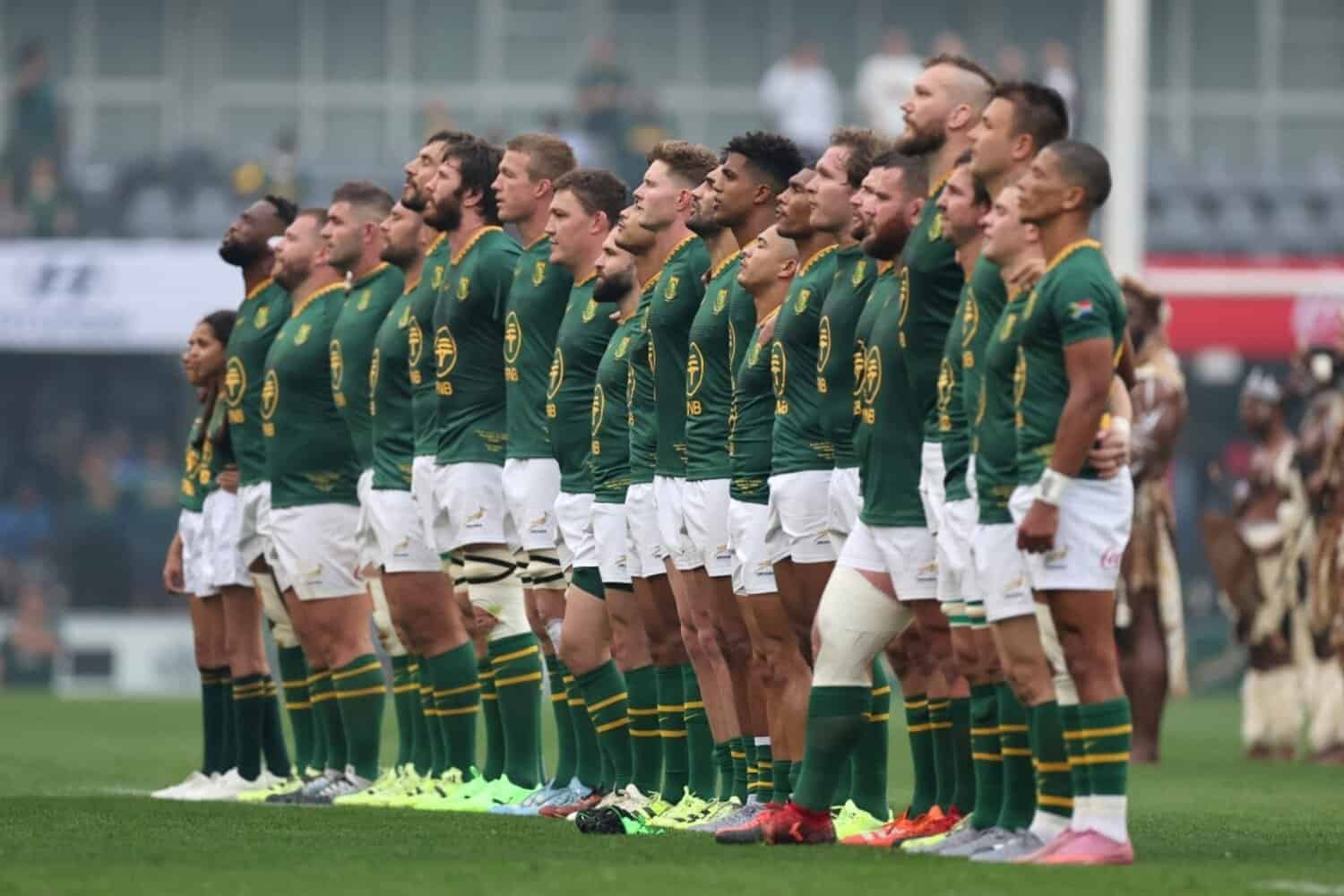The tournament in Australia will be the biggest ever, with 24 teams taking part.

The reigning 2023 world champions, and winners of the 2019 tournament, the Springboks, will find out on 3 December when the draw is made in Sydney who their pool opponents will be at the next World Cup, in Australia in 2027.
The 2027 World Cup will be the biggest in the sport’s history, with 24 teams battling it out for the Webb Ellis Cup.
The Boks have won the last two editions, in 2019 and 2023, in Japan and France respectively.
New round of 16
Previously, the World Cup has featured 20 teams divided into four pools of five teams, with the top two in each pool moving on to the quarter-finals.
In Australia in 2027 an additional knockout round has been added, that is a round of 16.
There will now be six pools with four teams in each. The top two teams from each pool will progress to the round of 16, while the four best third-place teams will also progress.
Those four teams will be determined by competition points firstly, and if that doesn’t separate the sides then points difference and try difference will be the next factors used respectively to determine which teams make it out of the pool stage.
Teams won’t play more matches
There will now be 52 matches in total, but that does not mean more matches per player as the teams will now only have three pool matches as opposed to the four previously.
For example, when South Africa won Rugby World Cup in 2023, they played seven games: four games in the pool stage and a quarter-final, a semi-final and a final. If they were to reach the final of Rugby World Cup 2027, they would still only play seven games: three games in the pool stage, then round of 16, a quarter-final, a semi-final and a final.
Who’s qualified?
The 12 teams that finished in the top three of their pools at Rugby World Cup 2023 have automatically qualified for Rugby World Cup 2027. Those teams are France, New Zealand, Italy, Ireland, South Africa, Scotland, Wales, Fiji, Australia, England, Argentina and Japan.
The 12 remaining places were reserved for teams that qualified through various tournaments, including this year’s Rugby Europe Championship and Rugby Africa Cup. Eleven of those teams are Georgia, Spain, Romania, Portugal, Tonga, Canada, United States, Uruguay, Chile, Zimbabwe and Hong Kong China.
There is one final qualification tournament taking place in Dubai in November, with four teams facing off for the final spot at Rugby World Cup 2027 – Namibia, Belgium, Samoa and whoever wins a playoff between Brazil and Paraguay which takes place in October.
Seeding
Once the 24 teams are confirmed, they are seeded from 1 to 24 based on their World Rugby rankings at the time of the draw on 3 December.
As things stand, South Africa, Ireland, New Zealand, France, England and Argentina are the top six teams in the rankings. The next six are Australia, Scotland, Fiji, Italy, Georgia and Wales. The top six teams will be grouped in Band 1, while the next six form Band 2, and so on. Each pool will have one team from each of the four bands.
There is only one exception to all this: Australia already know they are in Pool A as they are host nation and will therefore contest the opening game on 1 October 2027.
The Wallabies are currently in Band 2, which means a team from Band 1 will be drawn and placed in Pool A, and they would automatically be joined by Australia.
However, should Australia climb into the top six by December, they would automatically be the top-ranked team in Pool A, and a team from Band 2 would be drawn alongside them.
For more information and match venues click here.





